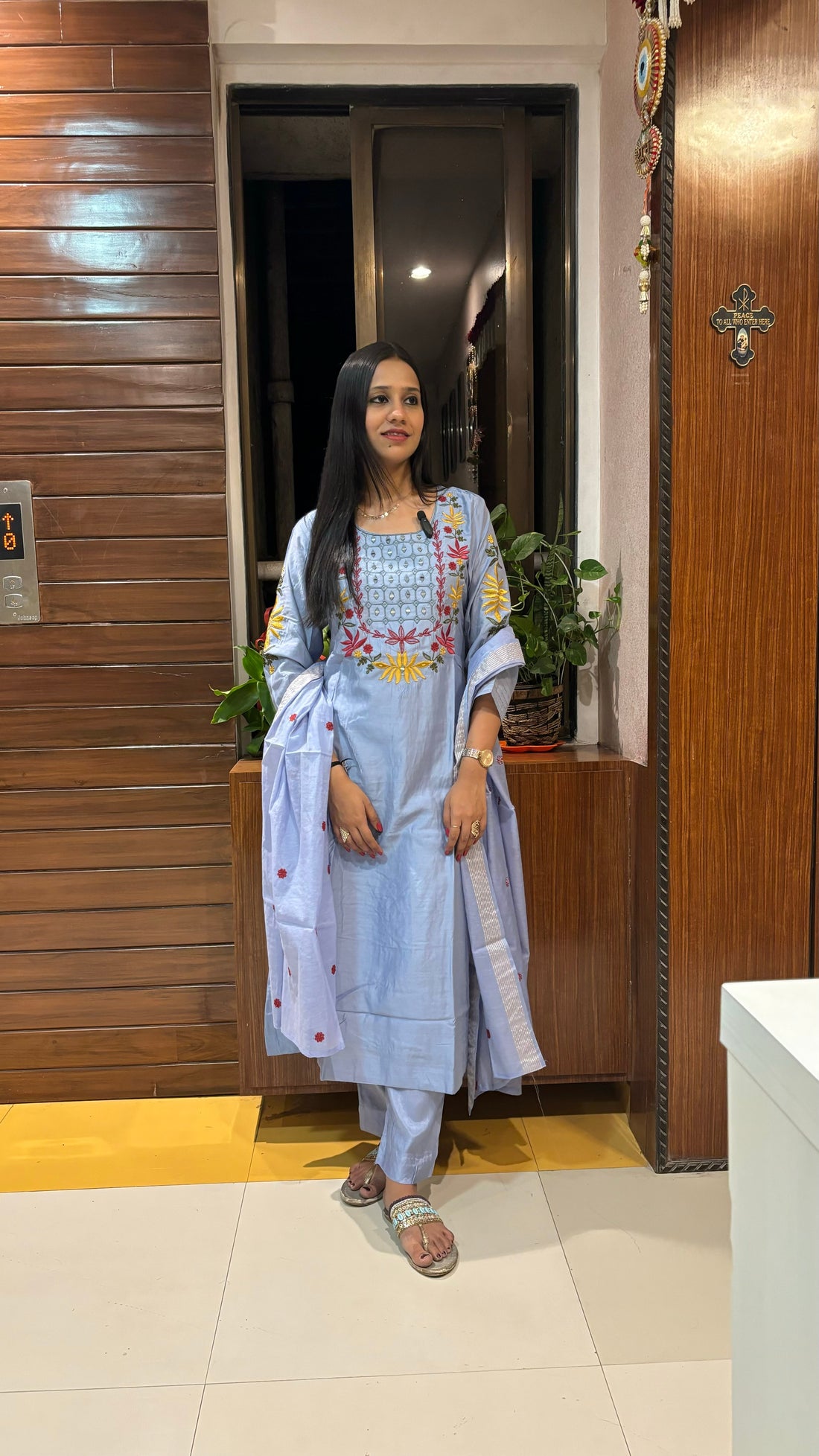
Fashion Face-Off: Co-Ord Sets vs. Traditional Outfits in Indian Fashion
Share
In the ever-evolving world of Indian fashion, two prominent styles are vying for each women's attention: coordinating sets and traditional outfits. Our brand Stylesang caters to both the unique ways to express your style as per different tastes, occasions, and trends. Whether you're a fashion enthusiast looking to keep up with the latest trends or someone who cherishes the timeless appeal of traditional wear, this guide will help you navigate the best of both worlds.
The Rise of Coord Sets
1. What Are Coordinating Sets?
Coordinating sets, also known as co-ords, are pre-matched top and bottom pieces that are designed to be worn together. These sets have gained immense popularity for their ease, versatility, and modern appeal. They often feature contemporary cuts, bold patterns, and a seamless blend of comfort and style.
2. Why Coordinating Sets Are Trending
- Effortless Style: Coordinating sets take the guesswork out of matching. Whether it's a crop top with a flowy skirt or a kurta with palazzo pants, these sets are designed to make you look put together with minimal effort.
- Versatility: These sets are perfect for various occasions, from casual outings to festive celebrations. Mix and match the pieces with other items in your wardrobe for multiple stylish looks.
- Modern Appeal: For those who love staying ahead of the fashion curve, coordinating sets offer a fresh, trendy vibe. They are often seen on runways and celebrities, making them a must-have for the fashion-forward.
3. Popular Coordinating Sets in Indian Fashion
- Printed Kurta-Palazzo Sets: A blend of traditional and contemporary, these sets are comfortable and chic.
- Crop Top and Lehenga Sets: Perfect for festive occasions, these sets bring a modern twist to the classic lehenga.
- Sharara Sets: A nod to the traditional sharara, these sets come in coordinated patterns and colors, ideal for weddings and parties.
The Timeless Charm of Traditional Outfits
1. The Essence of Traditional Wear
Traditional Indian outfits, such as suit sets, anarkalis, salwar kameez, ghararas are steeped in cultural heritage. These garments are often intricately designed, featuring handwoven fabrics, elaborate embroidery, and timeless silhouettes.
2. Why Traditional Outfits Remain Popular
- Cultural Significance: Traditional outfits are often worn during religious ceremonies, weddings, and festivals, symbolizing respect for cultural roots.
- Elegance and Grace: The flowing silhouettes, rich fabrics, and detailed craftsmanship of traditional wear exude elegance, making them a go-to for special occasions.
- Variety and Customization: With endless options in styles, fabrics, and embellishments, traditional outfits can be customized to reflect personal style and preferences.
Coordinating Sets vs. Traditional Outfits: Which Should You Choose?
1. For Everyday Wear
- Coordinating Sets: Ideal for a contemporary, easygoing look.
- Traditional Outfits: Opt for simpler designs like cotton salwar kameez or kurti pant set for a blend of tradition and comfort.
2. For Festive Occasions
- Coordinating Sets: Perfect if you want a modern twist with a festive vibe.
- Traditional Outfits: Go for richly embroidered dresses to embrace the festive spirit.
3. For Weddings
- Coordinating Sets: Choose luxurious fabrics and intricate designs/ fusion wear for a contemporary bridal look.
- Traditional Outfits: A heavily embroidered gharara will make you stand out as a traditional bride.
Whether you prefer the trendy appeal of coordinating sets or the timeless elegance of traditional outfits, both styles have a special place in Indian fashion. Your choice ultimately depends on the occasion, your personal style, and the statement you want to make. At Stylesang, we offer a curated collection of both coord sets and traditional outfits to cater to your every fashion need. Explore our collection today and find the perfect designer ensemble for your next event! Visit- www.stylesang.com to SHOP
